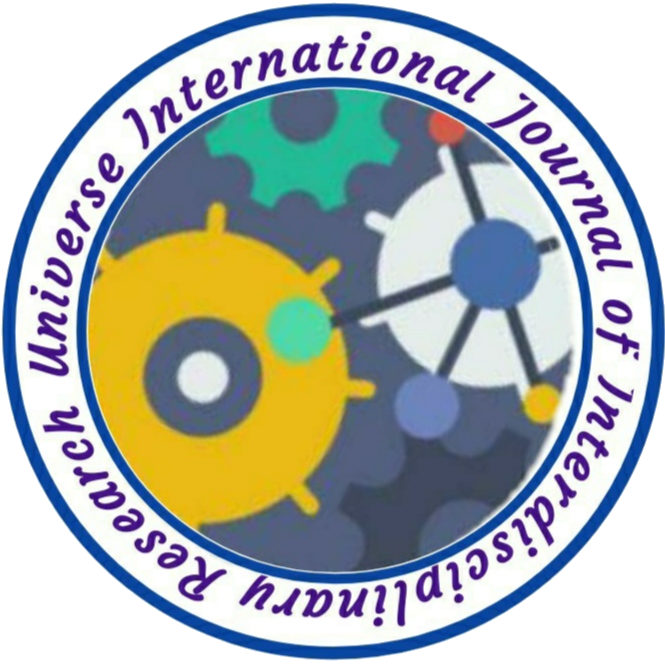THE ANATOMY OF LANGUAGE IN HUMAN BRAIN: A REVIEW
Author Name: Aneesa Farooq
Volume/Issue: 03/09
Country: India
DOI NO.: 08.2020-25662434 DOI Link: https://www.doi-ds.org/doilink/03.2023-34461923/UIJIR
Affiliation:
Research Scholar, Department of Linguistics, University of Kashmir, Shri Nagar, Jammu & Kashmir, India
ABSTRACT
Language is the complex phenomena that activates almost every region of the brain. During the 19th century, observational and the autopsy driven studies have prompted many researchers to postulate modular representation of language. These modular representations are outdated because it does not represent the functional neural networks of language; however, they are still useful as they provide the structural perspectives. In order to understand the neural networks of the linguistic functioning, neurophysiology has revealed specific cortical brain regions. The connection between these cortical regions are involved in the organization of linguistic behavior. Moreover, these studies can have many implications to study the functional processes in both normal and abnormal brains. This paper is an attempt to describe how the different areas are involved in processing the different linguistic capabilities. All these capabilities like phonology, syntax, semantics etc. invoke various cortical regions. Data from both the lesion and neuro-functional works are taken into consideration to analyse the anatomy that supports the language. As a result, activation for the phonological processes is highly reported at planum temporale (pPT), planum porale (pP), superior temporal gyrus (STg), superior temporal sulcus (STs), primary auditory cortex (PAC); semantic processes at temporo-parietal cortex (TPc), superior temporal lobe (STl), inferior frontal lobe (IFl); and syntactic processes at anterior temporal lobe (ATl), planum temporale (pPT), ventral and dorsal supramarginal gyrus (vSMg), and pars opercularis.
Key words: Language, Phonology, Semantics, Syntax

No comment